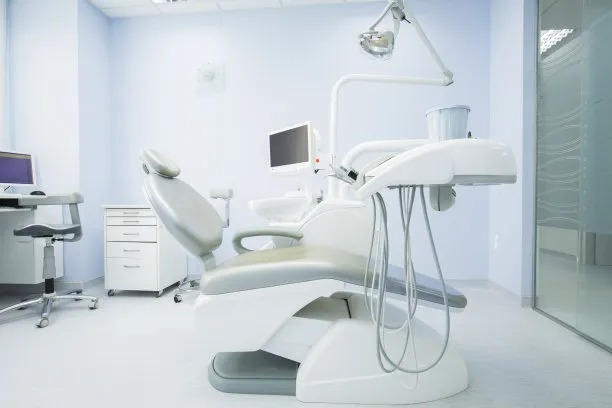Understanding the Process and Care Involved in Extracting a Tooth for Optimal Oral Health and Recovery
Summary: Extracting a tooth is a critical procedure often required to ensure optimal oral health. This article explores the multifaceted process of tooth extraction, outlining essential aspects such as the reasons for extraction, the step-by-step procedure, post-operative care, and the long-term implications for oral health. Understanding these aspects is key for patients to manage their expectations and promote recovery effectively. The insights provided aim to alleviate anxiety, ensure a smoother experience, and foster awareness regarding the importance of aftercare. Knowledge is power, and being informed about the tooth extraction process can significantly contribute to better outcomes and health status.
1. Reasons for Tooth Extraction Explained

Tooth extraction is often deemed necessary for various reasons, each relating back to maintaining oral health. Perhaps the most common reason is the presence of tooth decay that has severely compromised the integrity of a tooth. When decay is extensive, it can lead to significant pain and risk of infection, making extraction the most viable option for relief and preservation of the surrounding teeth.
Another prevalent reason for tooth extraction is periodontal disease. This condition affects the supporting structures around the teeth, including the gums and bone. As the disease progresses, teeth may become loose due to insufficient support, making extraction essential to prevent the spread of infection and eventual tooth loss.
Additionally, crowded teeth often necessitate extraction, especially in preparation for orthodontic treatment. In some cases, if there isn’t enough space in the jaw for all teeth to align properly, certain teeth may need to be removed to create room for others, facilitating a better alignment over time.
2. The Tooth Extraction Procedure Explained
The actual tooth extraction procedure can vary based on the tooths position and condition, but it generally follows a standardized approach. Initially, the dentist evaluates the patients dental and medical history, followed by an X-ray to assess the tooth’s position and surrounding anatomy. This evaluation is crucial for planning the extraction process.
Once the planning phase is complete, the extraction begins with anesthesia administration. Local anesthesia is typically used, numbing the specific area around the tooth, although sedation options may also be available for anxious patients. Following anesthesia, the dentist loosens the tooth using specialized instruments and gently extracts it from its socket.
After the extraction, the dentist places gauze on the site to control bleeding. Patients are closely monitored during this time to ensure any complications are promptly addressed. Its essential to follow the dentists instructions post-procedure for optimal recovery.
3. Post-Operative Care Instructions
Post-operative care is a pivotal part of the tooth extraction process that directly influences recovery. Immediately after the procedure, it is crucial to bite down gently on the gauze to minimize bleeding. Dentists typically recommend keeping the gauze in place for about 30-45 minutes before changing it to avoid excessive bleeding.
After gauze usage, patients should adhere to instructions regarding diet. Soft foods are advisable, and hot or spicy items should be avoided for at least 24 hours. Staying hydrated is essential but must be done carefully. Using a straw should be avoided as it can dislodge the blood clot that forms in the socket, possibly leading to dry socket—a painful complication.
Additionally, patients should maintain oral hygiene but should be cautious around the extraction site. Gentle rinsing with warm salt water helps keep the area clean. Pain management is also an important part of post-operative care, and any prescribed medications should be taken as instructed.
4. Long-Term Implications of Tooth Extraction
The long-term effects of tooth extraction can be significant, making it essential to consider all aspects before proceeding. One of the most immediate implications is the potential for tooth drift. Adjacent teeth may begin to move into the empty space, which can lead to further misalignment and complications down the line, emphasizing the importance of follow-up care and potential restorative options like bridges or implants.
Additionally, bone health can be affected by the absence of a tooth. The underlying bone that supports the tooth may begin to deteriorate, leading to changes in facial structure over time. Therefore, promoting recovery and considering options for restoration are crucial steps following an extraction.
Lastly, emotional impacts should not be overlooked. Patients may experience feelings of distress or anxiety regarding their oral health, and its essential to communicate these feelings with dental professionals. Support and guidance from the dentist can aid in the overall emotional recovery process.
Summary:
This article delves into the intricacies surrounding tooth extraction, from reasons for the procedure to post-operative care and long-term implications. Understanding these factors empowers patients to navigate the experience more effectively and promotes optimal oral health post-extraction.
This article is compiled by Vickong Dental and the content is for reference only



